Kotak Wealth and CRISIL Research launched the first report on the lives and trends of India’s ultra HNIs (high net-worth individuals) last year. The inaugural report established the broad framework, methodology and definition on who an ultra HNI was. It looked at the behavioral aspects, drives, priorities and motives of ultra HNIs when it came to spending and investing.
The 2012 report examines how ultra HNIs fared during the slowdown with special emphasis on luxury cars and education.
Source: Kotak Wealth and CRISIL Research (Top of the Pyramid 2012 report)
Here's more
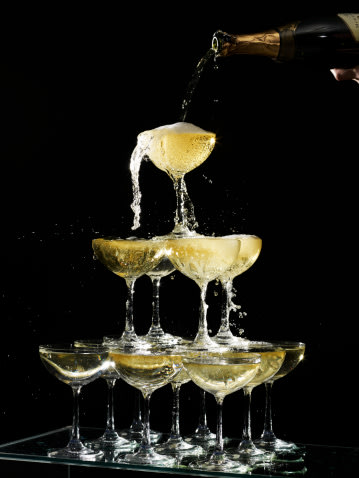
Total number: If we consider a household with a minimum net worth of Rs 250 million, there are more than 81,000 ultra HNHs in India as of 2011-12. Although, this number represents a miniscule 0.03 per cent of the total households in India, it is poised to more than triple to over 286,000 households by 2016-17. The report suggests that the total net worth of Indian ultra high-net worth households (ultra HNHs) will reach Rs 318 trillion in 2016-17, a nearly five-fold increase from around Rs 65 trillion in 2011-12. This growth in net worth will be driven predominantly by growth in the number of ultra HNHs and the returns on wealth.
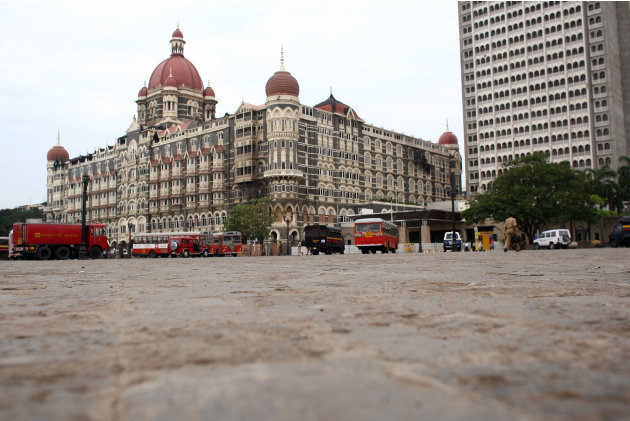
Cities: It is clear from the numbers above that the spending potential of this class is enormous and is showing sustained growth. And these wealthy spenders will not be limited to just a few cities. Over half of the ultra HNHs in the country are in the four metros. The other top 6 cities account for around 13 per cent and the next 40 cities are home to about 15 per cent. The rest are spread across the country.

Sources of wealth: *Inheritance, entrepreneurship *Entrepreneurship Motives of wealth creation: *Wealth preservation *Self-recognition *Self-actualization *Work benefits

Drivers of spending *Maintaining luxurious living *Attaining luxurious living *Value

Attitude to perpetuation of wealth *Wealth needs to remain within the extended family *Wealth is unconditionally for immediate family *Wealth is for family, but they must strive to merit wealth

Approach to investing *Organized *Informal *Professional
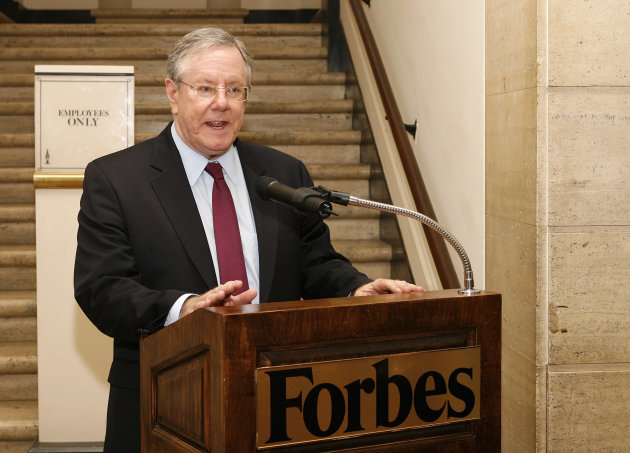
No of Indians of Forbes billionaire list *1996: 3= Rs 212 bill *2004: 9= Rs 1157 bill *2012: 48= Rs 9088 bill

Education background: Father versus self *Graduate: 67.7/49.3 *Post-grad: 13.5/36.2 *Professional: 9/11.6 *Others: 9.8/2.9

Spending: Downturn? What downturn!” The report suggest that this was the common, response elicited from nearly a quarter of the respondents to the query on whether their high-end lifestyle had suffered due to the subdued economic climate both globally and domestically. The remaining respondents too did not give the subject much importance; some, in fact, dismissed the suggestion outright.

Charity: The report found that the Professional is acutely conscious of the environment he comes from and is far more inclined towards charity than the others. The report found last year that quite distinct from his regular/occasional spend, the Professional bequeaths nearly 10 per cent of his income towards noble causes, markedly higher than 6 per cent for the Inheritor and around 4 per cent for the Self-made. This empathy of the Professional towards charity stood out in a difficult year such as the one just past. Unlike both the Inheritor and the Self- made, who did not eat into their savings to buttress the rise in spending, the Professional’s savings shrank nearly 3 per cent even as his contribution to charity or philanthropy rose by 5 per cent.
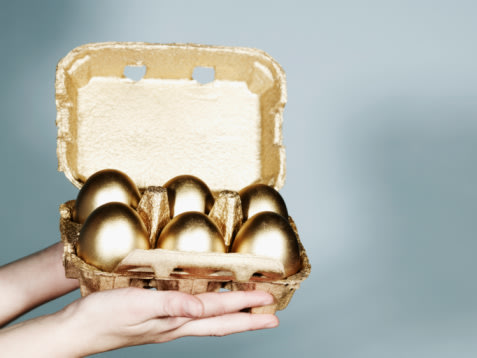
Shopping: The survey found that the biggest impact of the slowdown was on jewellery and precious stones, with purchases hit by nearly 28 percent, compared with around 11-19 per cent for the other categories like home décor, holiday packages and luxury writing instruments. One interesting feature of the responses compared with last year was the increase in the number of people who said they preferred to shop in India, even for high-end global brands. “Everything is available in India, so we don’t plan for shopping abroad. Whatever is bought abroad is just when we like something but is surely not pre-planned,” one ultra HNI stated.
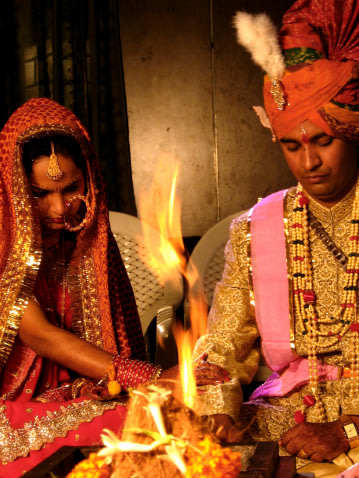
Wedding: In Indian society, weddings have always been an ostentatious occasion, with the degree of splendor and glitz only varying slightly from region to region. But increasingly, some suggest, destination weddings too are becoming passé. “Destination weddings have become very common and these days not just the upper class but everyone is opting for it–it is no longer a novelty,” an ultra HNI said. The most famous event destinations within the country are places such as Goa, Jaipur, Pune and farmhouses in smaller towns. Internationally, Bangkok, Hong Kong and Dubai are favored, perhaps because of their ideal location, in terms of distance to travel, for a 2-3 day event.

Cars: By that yardstick, the survey this year was revealing: BMW, Audi and Mercedes are the top three aspired cars, in that order. In fact, all three appear to have become mass luxury cars, with Audi growing the fastest in recent times. Don’t be surprised if you don’t see a Bentley or a Bugatti in that list. That is because an aspired car here means a car that the ultra HNI knows that he can realistically purchase in the immediate future. BMW: 18 per cent Audi: 14.8 per cent Mercedes: 12.5 per cent Toyota: 7.8 per cent Honda: 6.3 per cent Ford: 5.5 per cent Ferrari: 4.7 per cent Skoda: 4.7 per cent Others: <4 per cent

Vacation: Among overseas destinations, Europe, New Zealand, Australia and South Africa were touted as favorite vacation destinations. Europe, primarily Spain, Italy, Switzerland and New Zealand are popular vacation spots for adventure sports, while South Africa tops the list for wild life or safari experiences. Amongst beaches, Mauritius emerged as the most popular destination. Interestingly, many ultra HNIs said that they were as keen to visit tourist destinations in India as those abroad. Other exotic locations becoming increasingly popular are destinations like Machu Picchu, Bora Bora island etc. Vacation: Beach locations: 31.3 per cent Shopping destinations: 15.7 per cent Mountain treks: 15.3 per cent Religious/ spiritual destinations: 10 per cent Medieval locations: 9.5 per cent Spa vacations: 7.8 per cent Gambling destinations: 5.7 per cent Theme locations: 4.3 per cent Others: 0.4 per cent














No comments:
Post a Comment